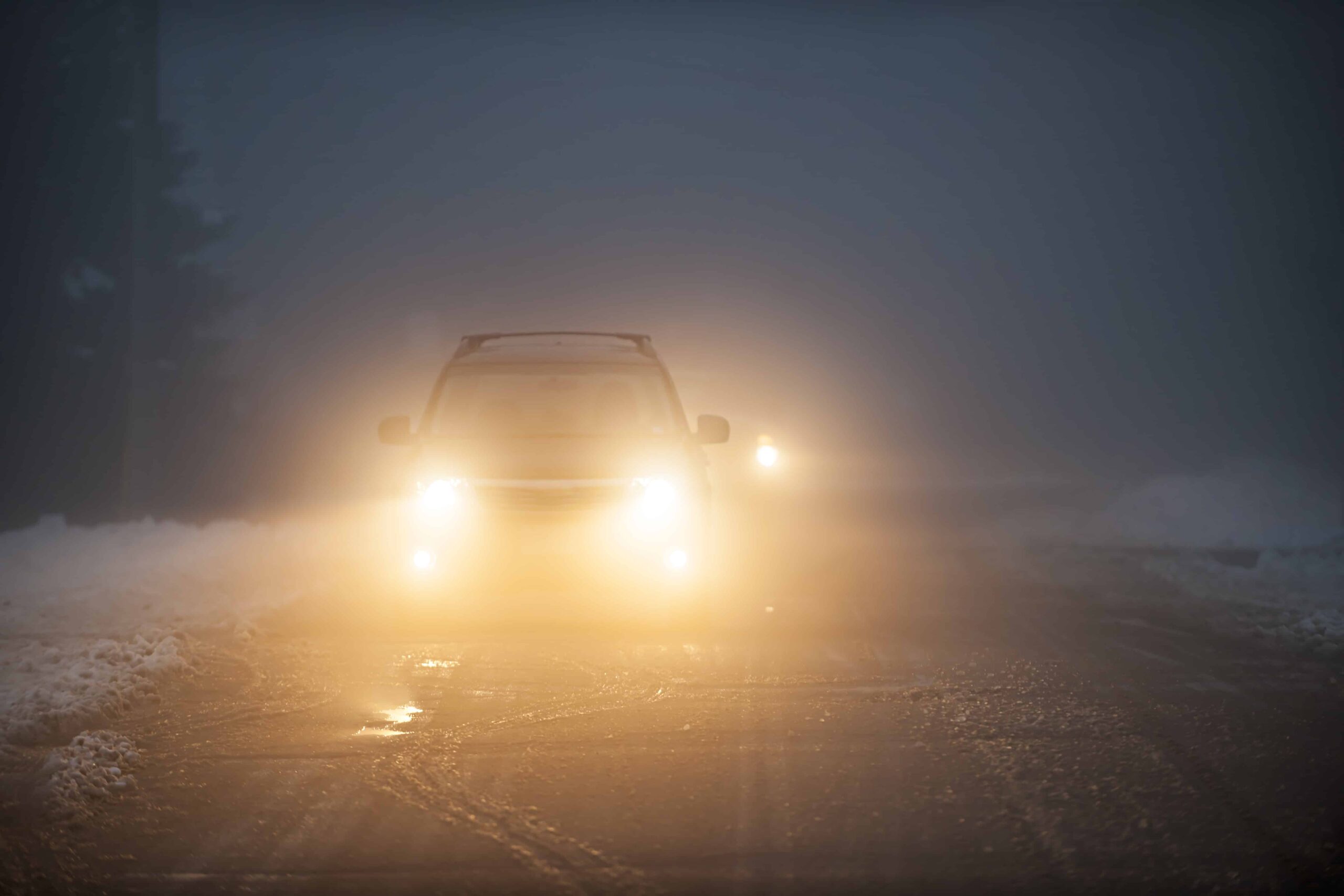 A new study by the AAA Foundation for Traffic Safety finds that drowsy driving is a widespread problem, playing a much larger role in traffic crashes than federal statistics suggest.
A new study by the AAA Foundation for Traffic Safety finds that drowsy driving is a widespread problem, playing a much larger role in traffic crashes than federal statistics suggest.
Nearly 10 Percent of Crashes
To conduct its study, the AAA Foundation for Traffic Safety examined dashboard videos from 701 accidents. The results suggested that drowsy driving plays a significant role in many traffic crashes.
The study found that 9.5 percent of all crashes involved drowsy drivers, based on the amount of time that drivers’ eyes were closed in the minutes leading up to a traffic accident. When looking at more severe crashes, the numbers are even greater: AAA researchers found that 10.8 percent of property-damaging crashes involved drowsy driving.
AAA called its study the most in-depth look at drowsy driving ever conducted. The organization recruited 3,593 drivers from six locations across the United States. These drivers had cameras placed in their vehicles for several months at a time from October 2010 to December 2013.
Of the drivers recruited, 905 experienced severe, moderate, or minor crashes during the period. The study then narrowed these crashes down to 701, excluding drivers whose eyes were not visible for reasons such as glare or sunglasses.
Drivers were classified as drowsy if their eyes were 80 percent closed or if their eyelids were covering the pupil at least 12 percent of the time in the minutes preceding the crash.
Of the 701 crashes studied, 589 occurred when the drivers’ eyes were visible for the final three minutes before a crash, and 112 occurred when drivers’ eyes were visible for the final minute before the collision.
31 percent of the crashes were characterized as severe, resulting in injury, rollover, airbag deployment, or significant property damage.
Stark Contrast to Federal Statistics
The AAA study stands in stark contrast to federal statistics about drowsy driving. In 2017, the National Highway Traffic Safety Administration reported that driver drowsiness was involved in 1.4 percent of all police-reported crashes, 2 percent of crashes resulting in injuries, and 2.4 percent of crashes that resulted in death from 2011 to 2015.
“Drowsy driving is a bigger traffic safety issue than federal estimates show,” said David Yang, the executive director of the AAA Foundation for Traffic Safety. “Drivers who don’t get enough sleep are putting everyone on the road at risk.”
Why Is Drowsy Driving So Common?
Drowsy driving is such a pervasive problem on the nation’s roads in large part because Americans do not get enough sleep.
According to the Centers for Disease Control and Prevention, approximately 35 percent of drivers in the United States sleep less than the recommended seven hours per night. 9 percent of drivers surveyed by the AAA Foundation admitted to driving in the previous month when they had trouble keeping their eyes open.
Dangers of Drowsy Driving
While seemingly commonplace, drowsy driving can be highly dangerous to drivers and others on the road.
According to Jake Nelson, AAA’s director of traffic safety advocacy and research, “missing just two to three hours of sleep can more than quadruple your risk for a crash, which is the equivalent of driving drunk.”
Drowsiness impairs judgment and vision and reduces reaction time, all of which are critical for safe driving. Some of the typical warning signs of drowsiness of which drivers should be aware include the following:
- Trouble focusing and keeping your eyes open.
- Feeling restless, irritable, or aggressive.
- Daydreaming and wandering thoughts.
- Slow reactions to things happening around you.
Drivers are encouraged to watch out for these signs of fatigue. When making longer trips, AAA recommends taking a break from driving every couple of hours, taking turns driving with a passenger, or pulling into rest stops for brief naps.
However, AAA does not recommend such commonly employed tactics as drinking coffee, rolling down the window, and singing, as they will not keep a drowsy driver alert.
“The only antidote for drowsiness is sleep,” said William Van Tassell, AAA’s manager of driver training. “Your body’s need for sleep will eventually override your brain’s attempt to stay awake.”
Chicago Car Accident Lawyers
If you have been wrongfully injured, because of drowsy driving or in some other way, you may find that you could benefit from the guidance of the experienced and knowledgeable Chicago car accident lawyers at GWC Injury Lawyers, Illinois’ largest Personal Injury and Workers’ Compensation law firm.
Please contact GWC today to schedule a free consultation with one of our attorneys. Call our office at (312) 999-9999 or click here to chat with one of our representatives.
<< BACK TO BLOG POSTS